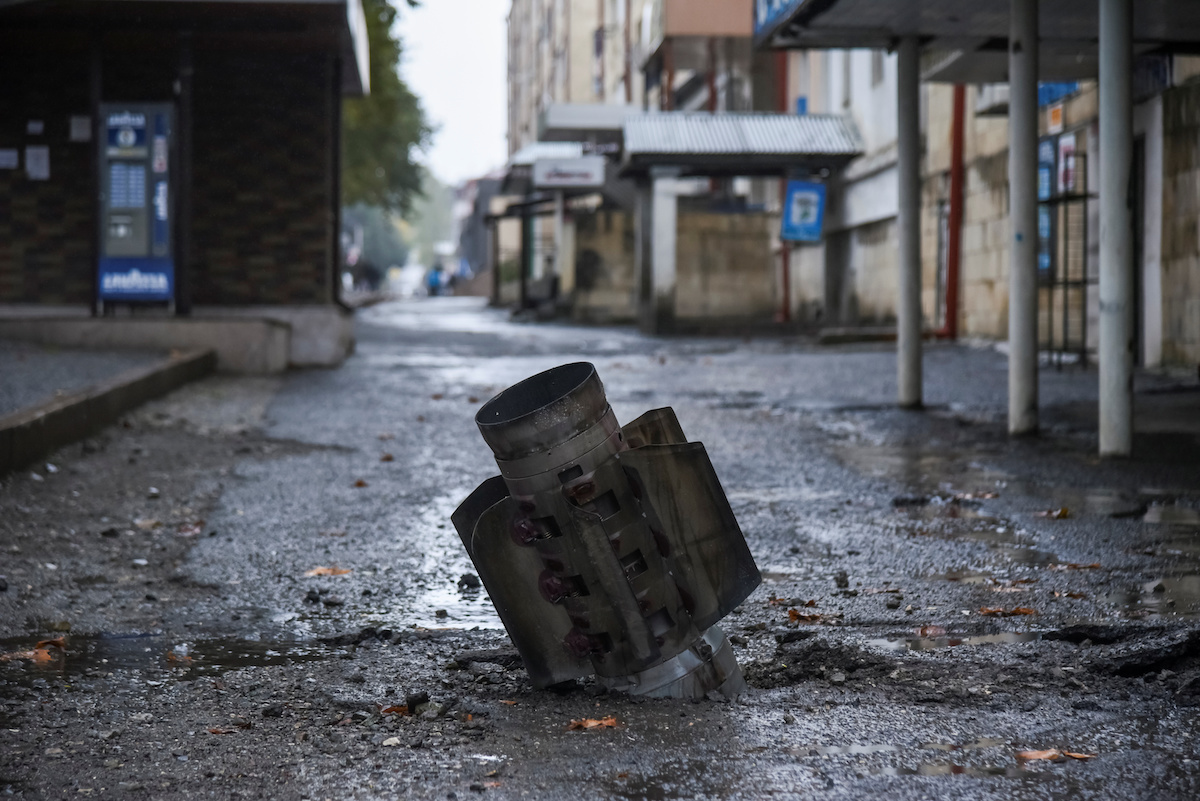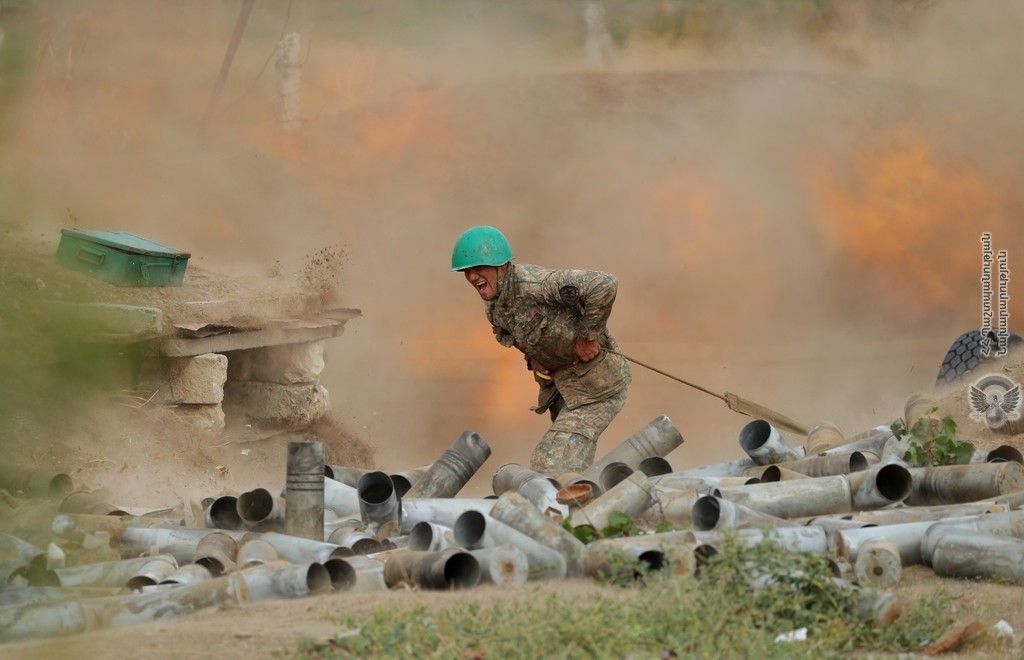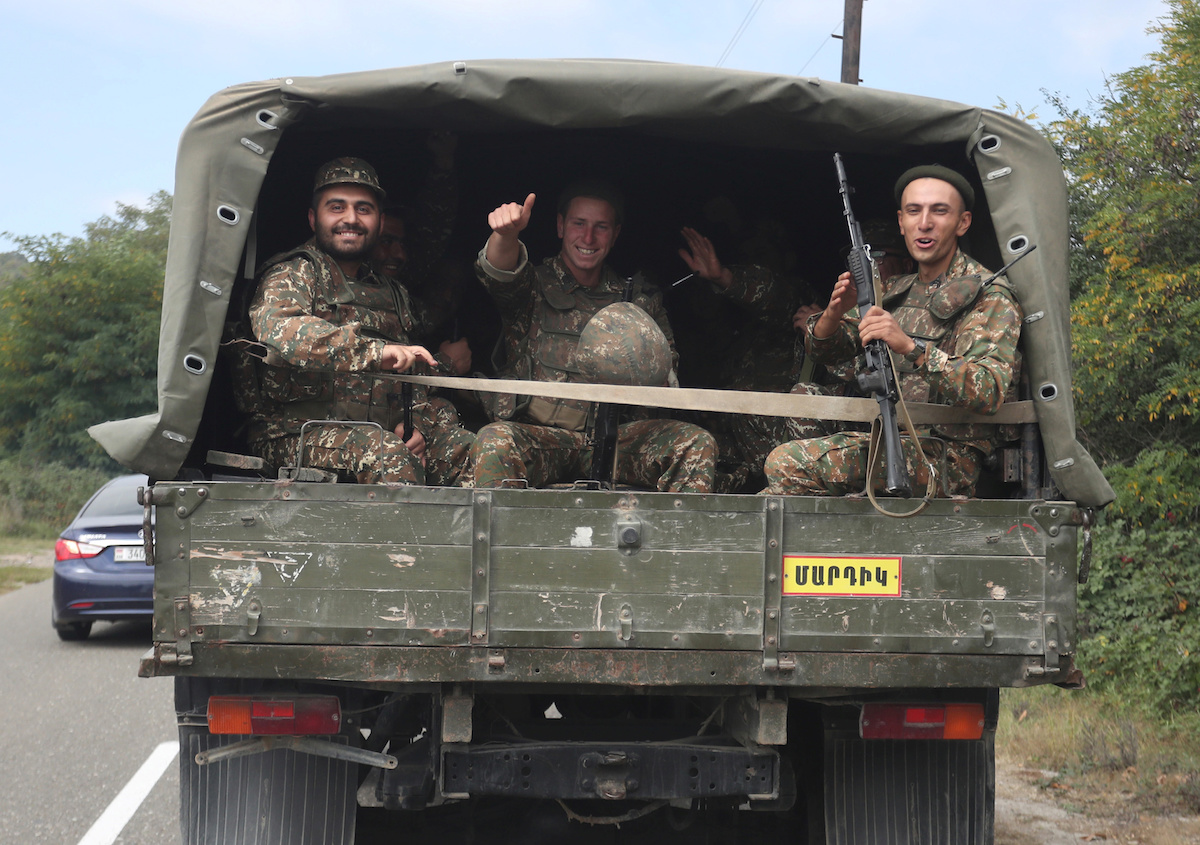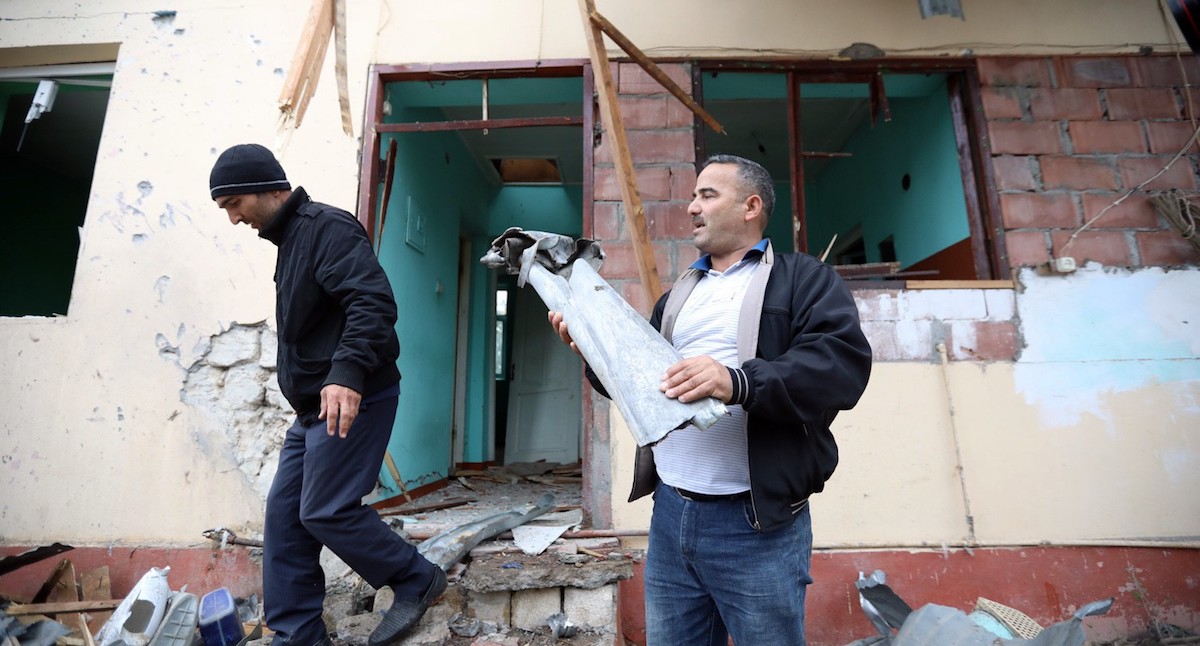Karabakh, day 10. Overview of events, analysis, background
Karabakh, day 10. Full-scale military operations around Karabakh have been going on since September 27.
Casualties on both sides have already reached 300, including amongst the civilian population, with thousands wounded.
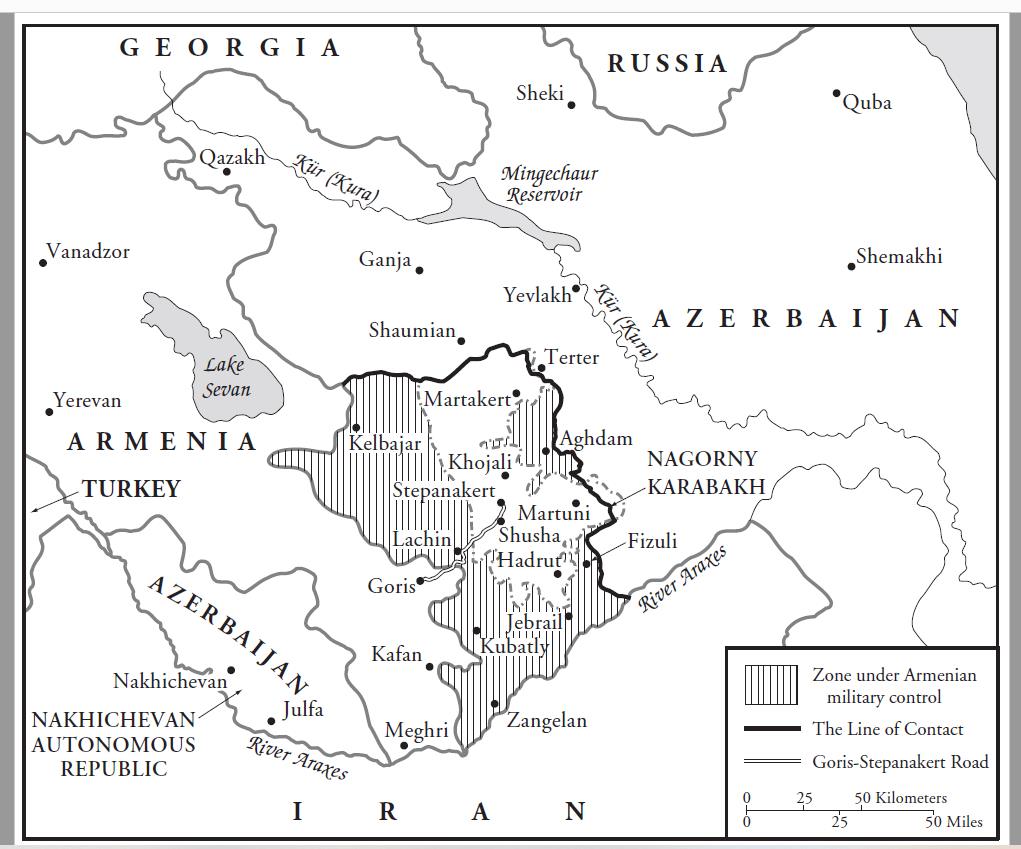
The UN and Western countries, the OSCE Minsk Group co-chairing countries (the facilitator in in the Karabakh negotiations) and Russia are calling for an end to the fighting without preconditions and a return to peace talks. Turkey stated that it supports Azerbaijan “in a just struggle for the liberation of the occupied lands.”
About military operations
• From the Armenian side, since the beginning of the fighting on the morning of September 27, 224 soldiers have been killed, as reported by the Armenian media citing the Karabakh Defense Army. The number of wounded was not reported. How many Azerbaijani soldiers have been killed has not been reported. Experts suggest that there are many dead, given the intensity of the fighting, which has been going on for the ninth day.
• Civilian casualties are growing. On the Azerbaijani side, a total of 26 people were killed and 121 wounded. On the Armenian side, 19 civilians were killed and about 80 were wounded.
• Karabakh, Day 9. Overview of events, predictions
• The Azerbaijani army took control of a total of 25 villages in Fizuli, Jabrayil, Terter and Agderin (Mardakert) regions and the city of Jabrayil, as well as several strategic heights, the Azerbaijani Defense Ministry said.
• Both sides reported continued fierce fighting.
• On the territory of Azerbaijan, the city of Ganja, the second largest city in Azerbaijan, was again shelled by the Armenian military. The cities of Terter and Agjabedi were also shelled.
• The massive artillery shelling by the Azerbaijani military of Stepanakert, the capital of Karabakh, continued.
• The Karabakh Defense Army stated that it “lured into a trap” the Azerbaijani detachment, creating an imitation of a retreat. The Azerbaijani Defense Ministry called this message a fake.
• The Armenian Ministry of Defense denied reports that on the evening of October 4, the city of Mingechevir in Azerbaijan, where a reservoir and one of the country’s main power plants are located, were fired upon. It is stated that the distance to the city is too great for the shells of a “Smerch” rocket system to reach, and these shells cause much greater destruction than recorded in the photographs published in Azerbaijan.
• The son of the Prime Minister of Armenia Ashot Pashinyan went to the front as a volunteer.
• The Foreign Ministers of Russia, France and the United States issued a joint statement as representatives of the OSCE Minsk Group co-chairing countries. They called on the parties for an immediate ceasefire and declared a threat to stability in the entire region.
• The Prime Minister of Armenia called the President of Russia. The large-scale nature of the fighting in Karabakh and the heavy losses of both sides, including among civilians, were discussed. Putin stressed that it is necessary to urgently end the hostilities.
• Members of the group who are preparing the summit of the Eurasian Economic Union (acting under the leadership of Russia) arrived in Yerevan. The summit will take place on October 8-9, Russian Prime Minister Mishustin is expected to attend.
Background
Nagorno-Karabakh is officially part of Azerbaijan, but exists as a de facto independent Nagorno-Karabakh Republic after the 1988-94 war.
This republic is not recognized by any state in the world. Armenia supports the self-proclaimed republic, but has never officially recognized it.
The unrecognized government of the republic also controls seven adjacent regions of Azerbaijan. Only ethnic Armenians live throughout the territory after the expulsion of ethnic Azerbaijanis following the war in the 1990s.
Three features of military operations on the contact line of the Armenian-Azerbaijani armed forces
That war ended with the signing of a truce. Negotiations on the settlement of the conflict with international mediation have failed so far. Azerbaijan continues to consider Karabakh and the territories adjacent to it as occupied and demands their return.
Shootings occur regularly in the region. The latest outbreaks of full-scale hostilities are the escalation on the border between Armenia and Azerbaijan on July 12-16, 2020 and the “April War”, or “four-day war” of April 2-6, 2016. As a result, dozens of people were killed on both sides.










